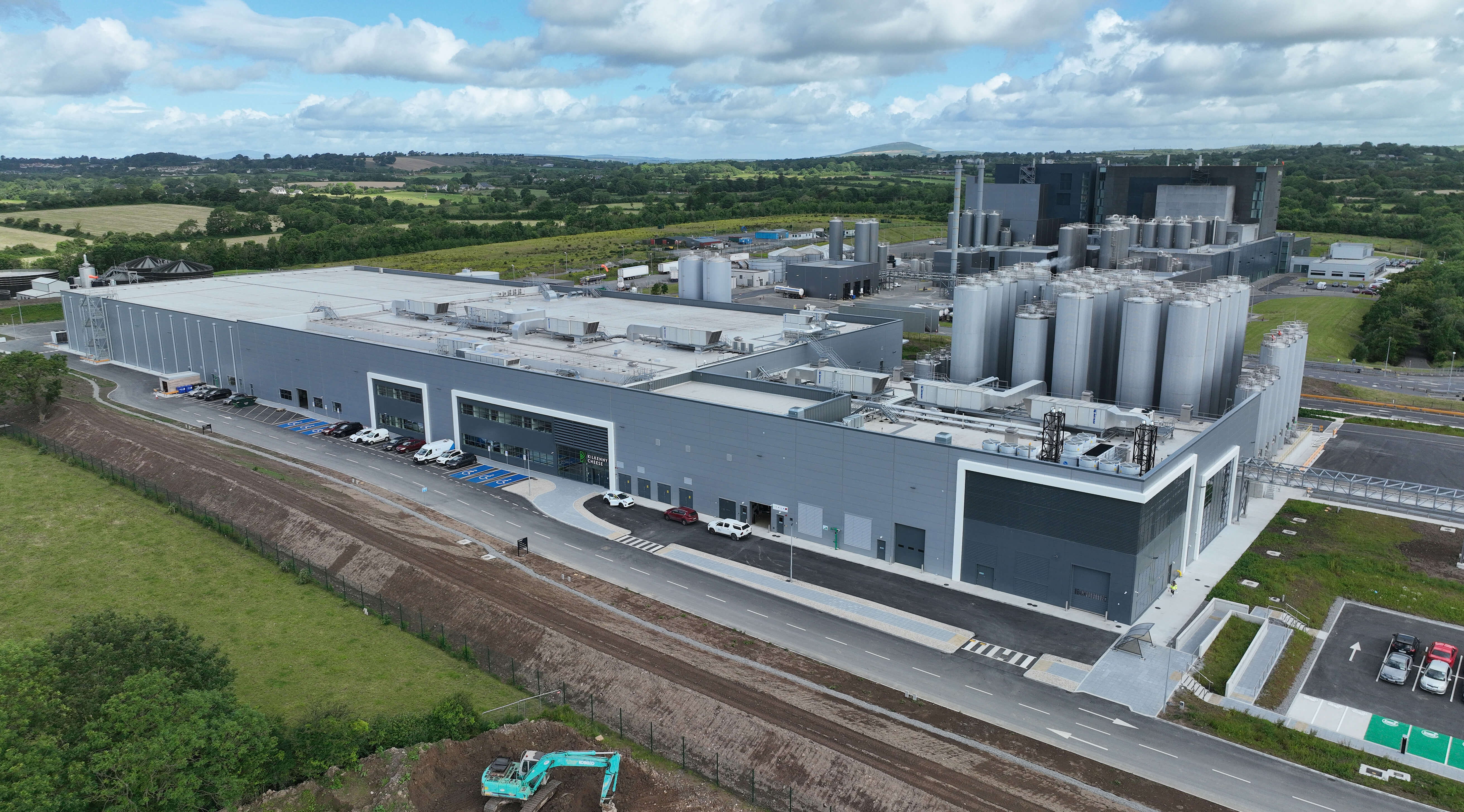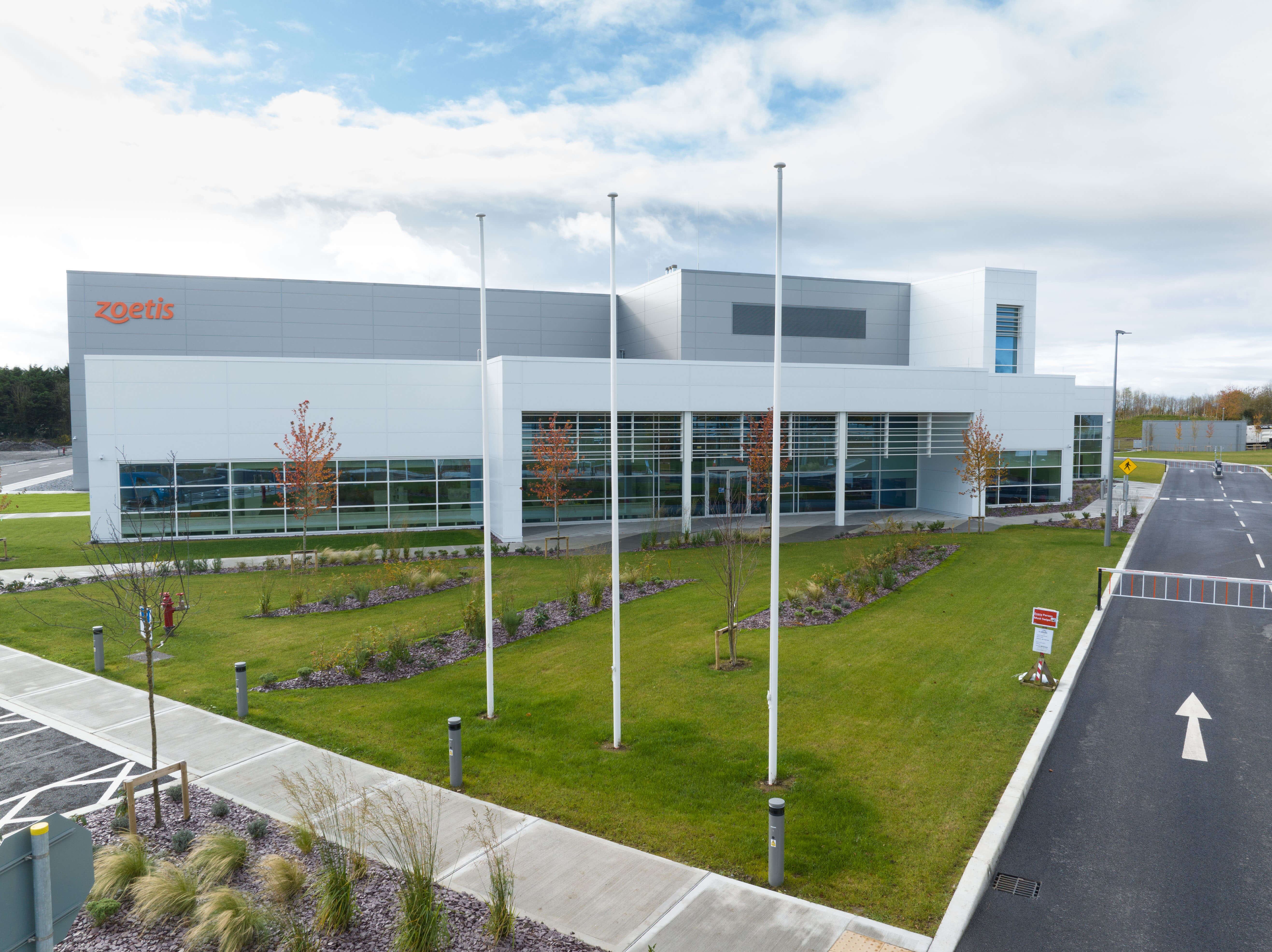This project to redevelop this brownfield site on the banks of the River Lee in Cork saw us build the prominent and distinctive Elysian tower—Ireland’s tallest building and a touchstone for the future upward development of Irish cities. One of the biggest challenges we faced was the construction of a two-storey underground basement with a 12,500m² floor plan area, excavated to a depth of approximately 9 metres below ground level. This process required excavation, sheet piling, secant piling, dewatering, waterproofing, reinforced concrete framing, ramps, shear walls and cores, and all associated services and drainage.
PJ Hegarty worked closely with highly specialised partners and environmental consultants on excavation plans and we ensured that excavated material from the site was sustainably reused in the construction process. In total, we installed 22 dewatering wells inside the sheet-piled wall around the perimeter of the Eglinton St. site. Each well comprised a 200mm diameter liner installed within a 300mm diameter borehole to a depth of 15 meters. The wells were developed using airlift and surging techniques, while pumping was carried out by electrical submersible borehole pumps connected to a datalogger for automated monitoring.
Due to the River Lee’s tidal nature, continuous high-tech water-level monitoring was undertaken using vibrating wire-pressure transducers, which were connected to a data logger and GSM modem to provide remote data access and alarms. Overall, more than 100,000m³ of material was excavated to a depth of 7 metres below the water table. Dewatering was substantial—approximately 200 l/sec, 24 hours per day for 18 months. More than 20,000m³ of contaminated material was segregated and removed from site and transported to Germany for treatment. Concrete works followed: five pours of more than 1,000m³, with the largest pour about 1,400m³. A 70m-high tower crane with a 60m jib was also assembled requiring a complex lift system for its construction.



